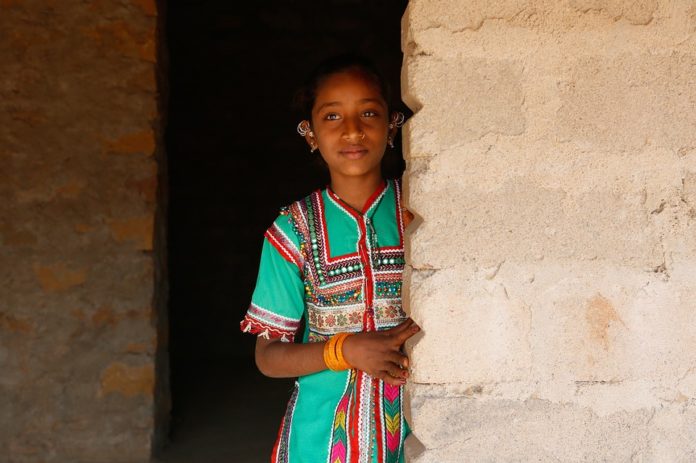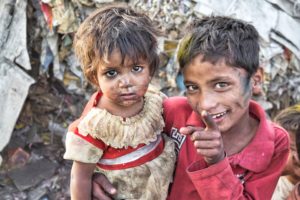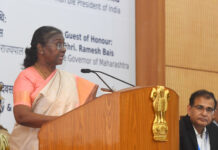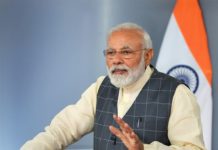
 In a rare departure from the Jain-Janeu debate that has eclipsed issues in the Gujarat Assembly elections, Congress vice president Rahul Gandhi, one day before his coronation as party president, asked prime minister Narendra Modi on Sunday why 55% of women in the poll bound state are anaemic. Health is rarely an election issue, and women’s health even less so, which is why Gandhi targetting the man who ruled Gujarat for 14 long years before becoming prime minister is a welcome change.
In a rare departure from the Jain-Janeu debate that has eclipsed issues in the Gujarat Assembly elections, Congress vice president Rahul Gandhi, one day before his coronation as party president, asked prime minister Narendra Modi on Sunday why 55% of women in the poll bound state are anaemic. Health is rarely an election issue, and women’s health even less so, which is why Gandhi targetting the man who ruled Gujarat for 14 long years before becoming prime minister is a welcome change.
According to the latest National family Health Survey, 54.9 percent of Gujarati women are anaemic. This is slightly more than the national average of 53%. Gandhi is not the first person to flag the issue of undernutrition in Gujarat – in fact a lag in human development index is widely said to be one of the flaws of the “Gujarat” model. In 2012, while he was still CM of the state Modi had invited ridicule when in an interview to an US daily, he said girls in the state are malnourished because “they are more figure conscious than health conscious” and do not drink milk.
Anaemia essentially means that the number of red blood cells circulating in the blood stream is less than normal or the amount of haemoglobin – the red compound that carries oxygen to the cells – in each RBC is less. The net effect in both cases is that the amount of oxygen being transported by the blood, is less. Deficiency of iron or folic acid or vitamin B12 could lead to anaemia. It is also often seen in pregnant women but anaemic women are more likely to have complications during childbirth and may also have issue of the heart and lung apart from generic complaints like tiredness.
India’s anaemia burden has been a cause for concern globally as reduction of maternal and infant mortality are among the sustainable development goals. The Global Nutrition Report 2017 that was released recently says: “Globally, 614 million women aged 15–49 years were affected by anaemia. India had the largest number of women impacted, followed by China, Pakistan, Nigeria and Indonesia. In India and Pakistan, more than half of all women of reproductive age have anaemia. It is a global issue that many women in high-income countries also suffer from; prevalence rates may be as high as 18% in countries such as France and Switzerland.” For India the anaemia prevalence in this age group is 53.1%. For Gujarat it is 55.1% – more than 3 times the “high” of 18% in developed countries that the report flagged.













